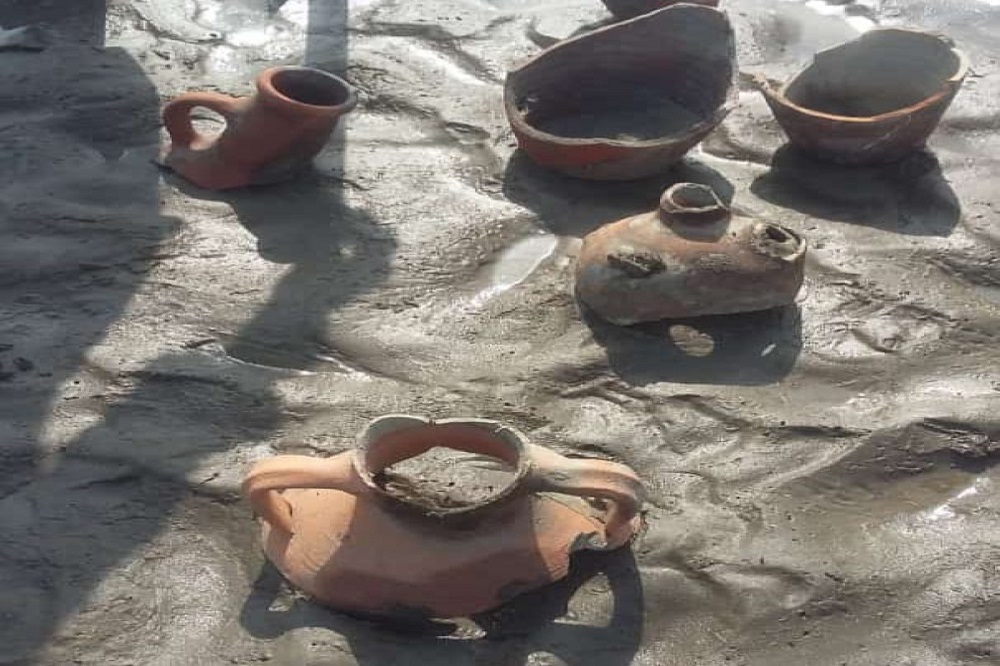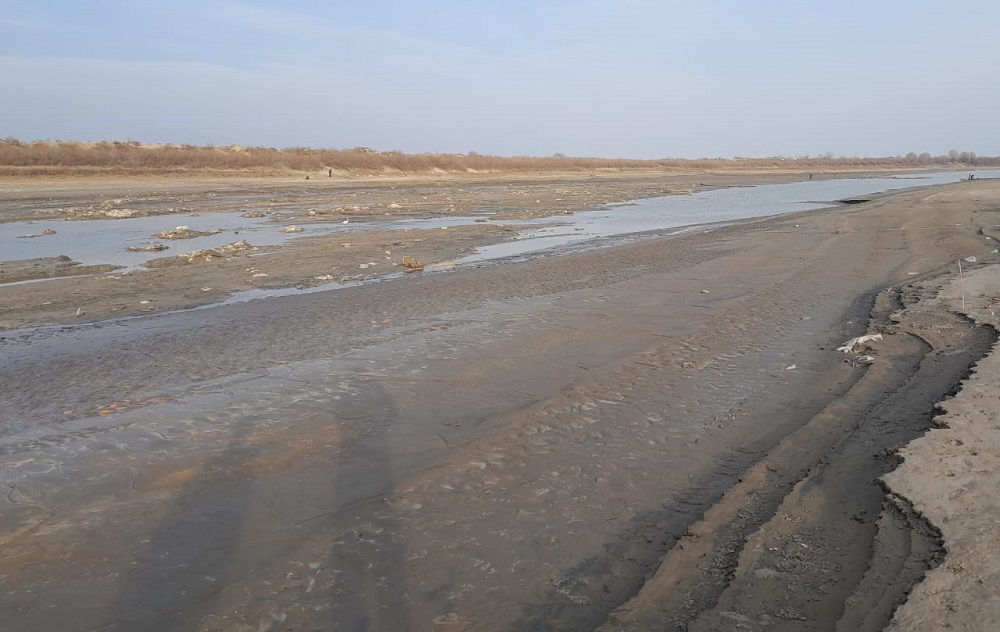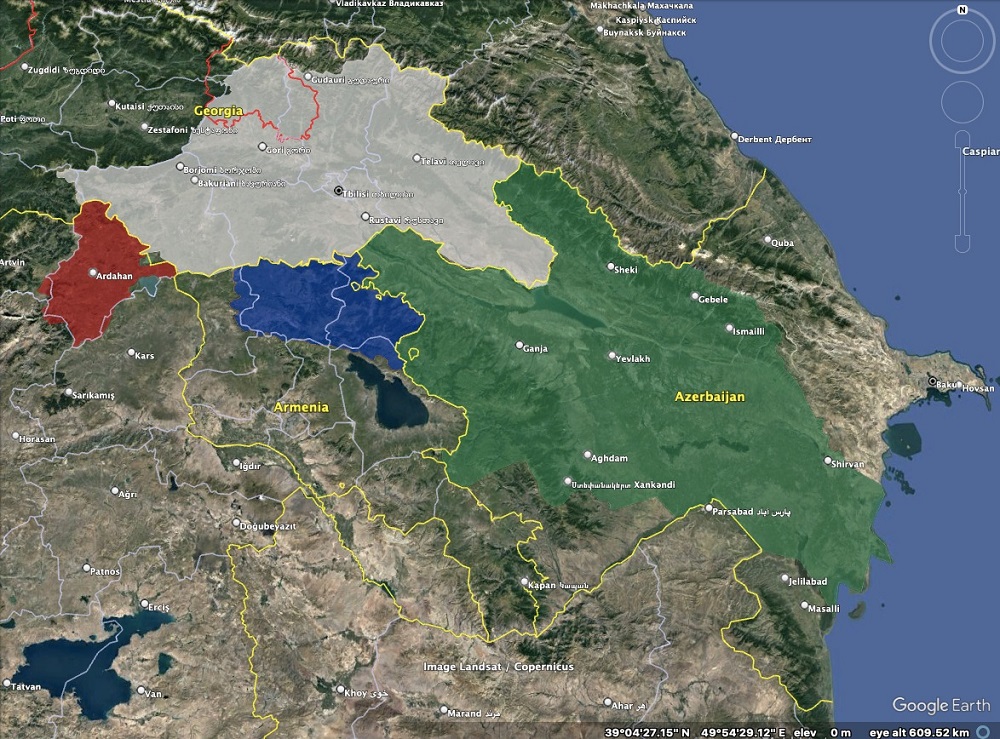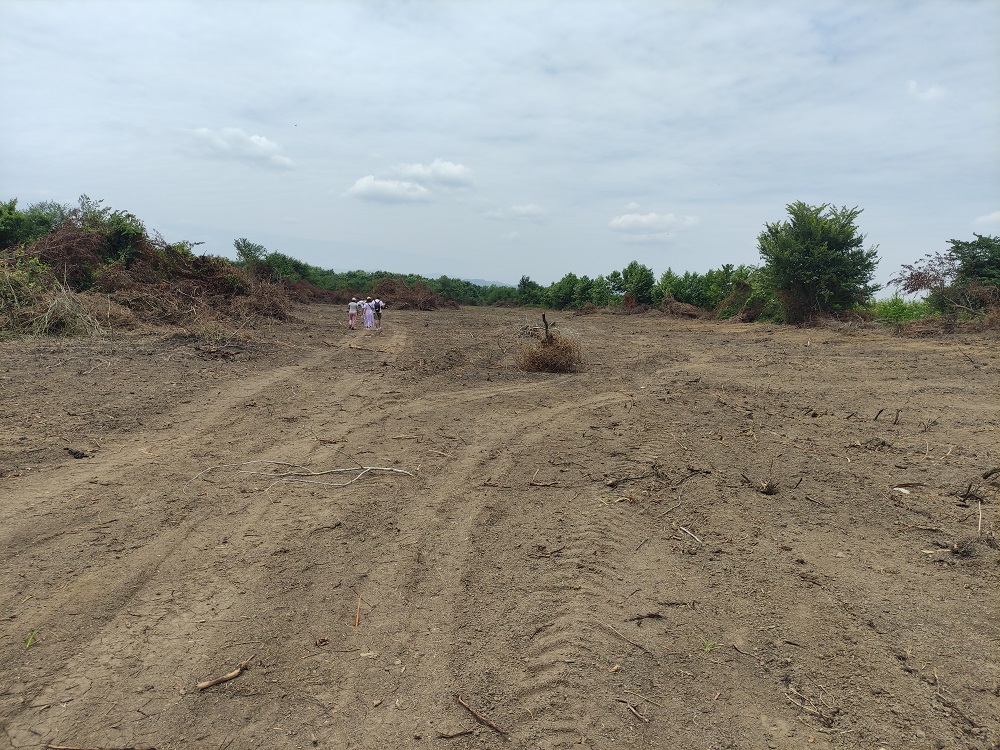Kura River at all-time low in Azerbaijan: ecologists alarmed
Kura River losing volume
Local ecologists and eco-activists are concerned that the Kura River in Azerbaijan is at an all-time low in volume. According to residents of the Salyan and Neftchala regions, close to the mouth of the river the Kura can now be crossed on foot. The head of the independent environmental organization EcoFront, Javid Gara, said that the water level has dropped in the territory of Azerbaijan, and explained the reasons for the catastrophic situation.
- Parliament of Georgia removes law “on foreign agents” from agenda
- “The life of Armenians in Karabakh will be much better than during the occupation” – Ilham Aliyev
- Street art in Yerevan: a graffiti artist who does portraits

According to a resident of the Salyan region of the country, activist Emil Mammadov, today you can even cross the Kura on foot, although even last year this seemed unbelievable.
The Ministry of Ecology and Natural Resources of Azerbaijan called the situation on the lower reaches of the Kura “deplorable, but not hopeless.”
Today representatives of the state organization Azersu, which is responsible for providing the inhabitants of Azerbaijan with drinking water, announced an imminent rise in the price of water for the population. According to them, now water is being sold to the population at a price below cost.
Where the river is formed and the situation in these countries
According to Javid Gara, the role of Turkey in the formation of the Kura is from 5 to 10 percent. And in the water reserves of the river itself, Turkey accounts for 2-3 percent:
“If these territories are taken as the most active places, where the river most actively takes its water reserves, it will still not work above 10%. In other words, even if Turkey digs up the entire course of the river, the situation will not be so catastrophic.

This territory is almost all high-mountain and unsuitable for agriculture, i.e. Kura water in Turkey is not used as a source of land irrigation. There are no glaciers either. They can be compared with the mountains in the Gadabay and Tovuz regions of Azerbaijan — the height ranges from 1400-2700 meters.
Two or three small water intake facilities have been built on the Kura in Turkey, which serve as local small power plants. That is, the water does not stop and does not decrease here, they simply use the force of its flow.”
Kura in Georgia and Armenia
The eco-activist noted that at the crossing point from Turkey to Georgia, the Kura is a very small river, comparable to Terterchay in Azerbaijan:
“Even the Sarsang reservoir in Karabakh is much larger than the Georgian counterparts on the Kura. In Georgia and Armenia, dozens of very powerful rivers flow into the Kura.
In Armenia, the water intake is much wider and higher than in Turkey. In this territory there is no serious melioration from this river, there are not even large power plants. There is one small power plant on the border with Azerbaijan, closer to the Gazakh region. This can only create a problem at the village level.

In Georgia, we see a strong formation of the water base of the Kura. Rivers originating in mountains over 4,000 meters high pass through areas rich in precipitation. There is not much irrigated land on the coast of the Kura in Georgia. There is no such great need for land reclamation there, because there is enough rainfall. Most of the lands close to the border with Azerbaijan are used as winter pastures.
In sum, we can say that in the three countries listed above, no one cares about the Kura, and there are no problems with this river.”
Problems with Kura in Azerbaijan
“The volume of the Kura that passes to the territory of Azerbaijan from Georgia is sufficient. Neighboring countries use an insignificant volume of this river, the rest is “gifted” to Azerbaijan. Politicians are well aware of this, so they don’t make any claims against neighboring countries.
If they want to present the situation in such a way that supposedly the shallowing of the Kura begins abroad, then let them take a picture of it at the “Red Bridge” on the border with Georgia and show it.
The Kura becomes shallow in Azerbaijan. The reason is simple: winter pastures have been turned into arable land. Hundreds of thousands of hectares of land, where grass hardly grew before, have now beenintensively irrigated. Hundreds of shepherds were forcibly expelled from these lands — officials are creating agricultural parks.
All these parks created on the sites of former pastures belong to businessmen. It is also an unfair competitive environment. Whoever has the money buys the land. Pastures are rented cheaply, and these lands are plowed. Only officials have access to such operations. And they are the first to use water. If something remains, it is only then given to the population.
Due to the lack of pasture, livestock breeders switch to ready-made animal feed, which increases the cost of meat, because expenses increase. This is one reason for the rise in food prices,” Javid Gara concluded.




















